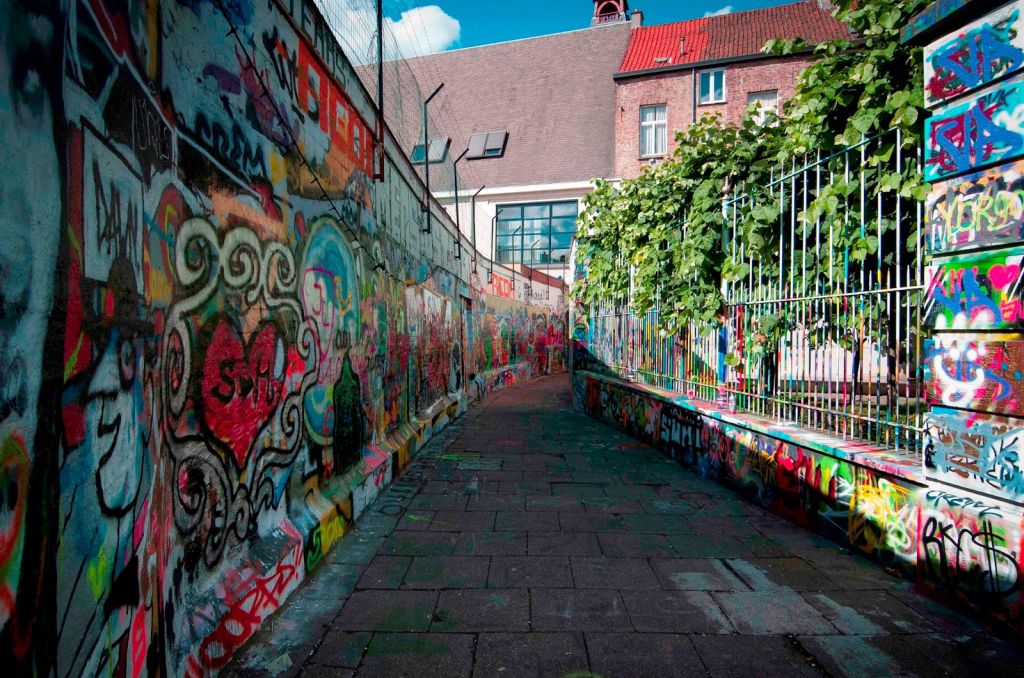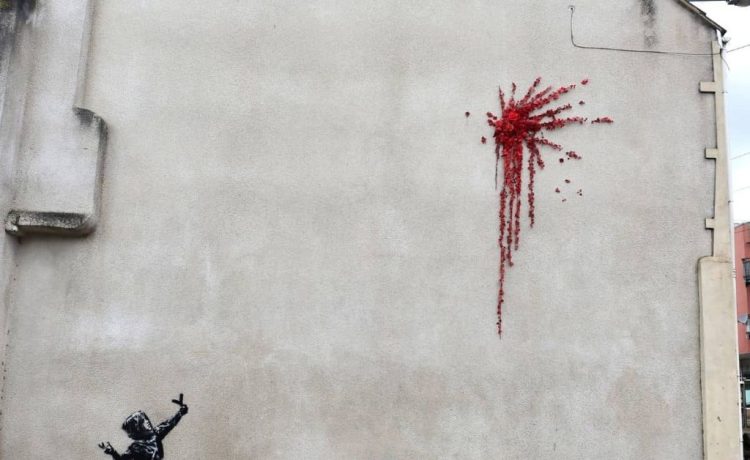Graffiti has long been a magnet for controversy. Some view it as vandalism, others as a bold form of self-expression, and for many, it serves as a reflection of urban culture. But one thing is undeniable—graffiti has undergone significant transformations over the decades. Once limited to furtive scribbles on subway walls, graffiti has blossomed into a globally recognized art form with rich styles, techniques, and cultural impact.
This blog dives deep into the shifting narrative of graffiti and explores how it has evolved into the multi-faceted phenomenon we know today.
The Origins of Graffiti
While graffiti often evokes images of urban walls sprayed with bright colors, its origins can actually be traced back thousands of years. Ancient civilizations, including the Greeks and Romans, left inscriptions upon public spaces—etchings of daily life that could be considered the earliest form of public expression. These marks served a similar purpose to modern graffiti, acting as a voice for the people and a commentary on their time.
Fast-forward to the 20th century, and the notion of graffiti as an underground activity began to take shape. By the 1960s and 1970s, graffiti began to flourish in urban areas, particularly in cities like Philadelphia and New York. It transformed into an outlet for marginalized communities, allowing youth to reclaim public spaces and make their voices heard. Graffiti artists, often armed with little more than spray cans and creativity, painted subway cars, walking bridges, and abandoned buildings, using the city itself as their canvas.
From Tags to Masterpieces
At its foundation, graffiti was about tagging—writers would leave their pseudonyms in various locations to showcase their presence and gain recognition. Tags were simple, often consisting of a name or acronym, scrawled quickly before potential capture. This raw, rebellious style had an unmistakable appeal, but it wasn’t long before graffiti began to grow into something much more complex.
By the late 1970s and 1980s, graffiti art styles became more intricate. The development of “wildstyle,” an artistic evolution of tagging, turned simple letters into abstract creations that were vibrant, layered, and almost indecipherable to the untrained eye. Writers such as Dondi, Futura 2000, and Lady Pink pioneered these elaborate techniques. With the advent of tools like stencils, wheatpaste, and customized spray tips, street artists expanded their creative reach.
The subway became a moving gallery, with entire cars covered in murals. These pieces, often referred to as “burners” if particularly impressive, further emphasized the shift from graffiti as mere tagging to graffiti as a legitimate form of visual art.

Street Art vs. Graffiti
When discussing the evolution of graffiti, it’s vital to address the distinction between graffiti and street art. Although they often overlap—both use urban spaces as their medium—their intentions differ significantly.
Graffiti, at its heart, is about self-expression, adrenaline, and a certain cultural defiance. It’s often personal; the artist’s pseudonym is a hallmark of their work. On the other hand, street art tends to be more about communication with its audience. Think of Banksy or Shepard Fairey, whose works use stencils and large-scale installations to relay political and social messages.
Street art techniques have diversified the landscape of urban art. Murals, yarn-bombing, mosaics, and even augmented reality installations are now part of the urban art repertoire. While graffiti’s rebellious roots make it synonymous with vandalism to some, street art has found broader acceptance, often gracing galleries and public spaces alike.
The Mainstreaming of Graffiti
Once relegated to subway tunnels and back alleys, graffiti began to inch its way into the mainstream during the late 1980s. Exhibitions such as the Fun Gallery in New York showcased graffiti artists in a formal setting, introducing their work to a wider audience. The art world began to take note, with collectors and curators seeking out pieces that had once been dismissed as public nuisances.
Eventually, brands discovered graffiti’s raw, edgy appeal, co-opting the style for advertising campaigns and product collaborations. This commercialization, while controversial among purists, has played a significant role in graffiti’s evolution. Artists who once worked covertly at night now partner with global companies, creating murals backed by corporate sponsorships.
This transition has also been fueled by the rise of popular street art festivals, such as Miami’s Art Basel, the Nuart Festival in Norway, and Melbourne’s Urban Scrawl. These events celebrate urban art and provide artists a legitimate platform to display their work.
Graffiti as a Global Language
Today, graffiti is no longer confined to its birthplace of New York; it has evolved into a global phenomenon. Cities such as Berlin, São Paulo, and Cape Town boast thriving street art communities, each reflecting their unique histories and cultures. Berlin’s East Side Gallery, painted on a stretch of the Berlin Wall, stands as a testament to graffiti’s ability to capture moments of political and social change.
The internet, too, has allowed graffiti to reach audiences worldwide. Platforms like Instagram have become virtual canvases, giving graffiti and street art the ability to transcend time, location, and even legality. Aspiring artists can gain a global audience without needing access to physical walls, while veteran creatives find new ways of engaging with fans.
A Commitment to Legacy and Innovation
Despite its mainstream appeal, graffiti hasn’t forgotten its roots. Many modern artists pay homage to the traditions of the past while pushing the medium forward. Ancient tagging techniques merge with digital projections, while graffiti installations tackle subjects ranging from climate change to income inequality.
The question “how has graffiti changed over time” often circles back to the resilience of the art form itself. Regardless of the tools, styles, or cultural context in which it exists, graffiti continues to challenge norms, spark conversation, and make us reconsider the line between defacement and beauty.
Exploring Street Art in Your Own City
For art enthusiasts and urban culture fans, discovering graffiti and street art is like embarking on a treasure hunt. Behind every street corner could be a piece that tells a compelling story or challenges your perspective.
Whether you’re exploring iconic murals in Sydney, bold masterpieces in London’s Shoreditch, or immersive works in Bogotá, graffiti provides not just visual excitement but a connection to the people and communities that created it.
Whether you view graffiti through the lens of rebellion or artistry, one thing is clear—it’s here to stay, evolving with the times while firmly rooted in self-expression and creativity.


